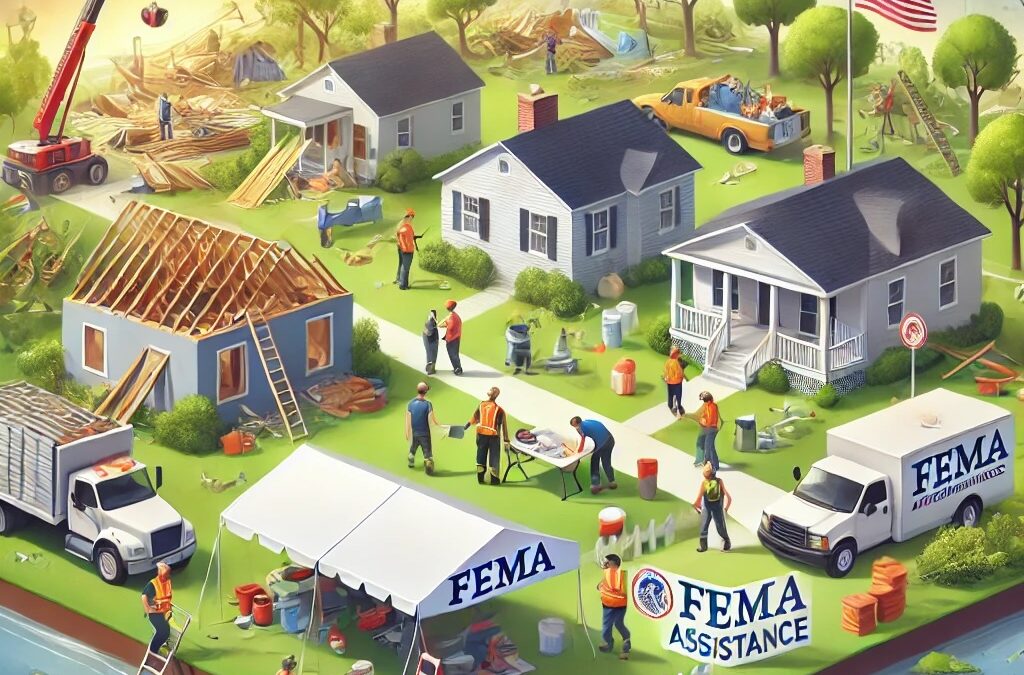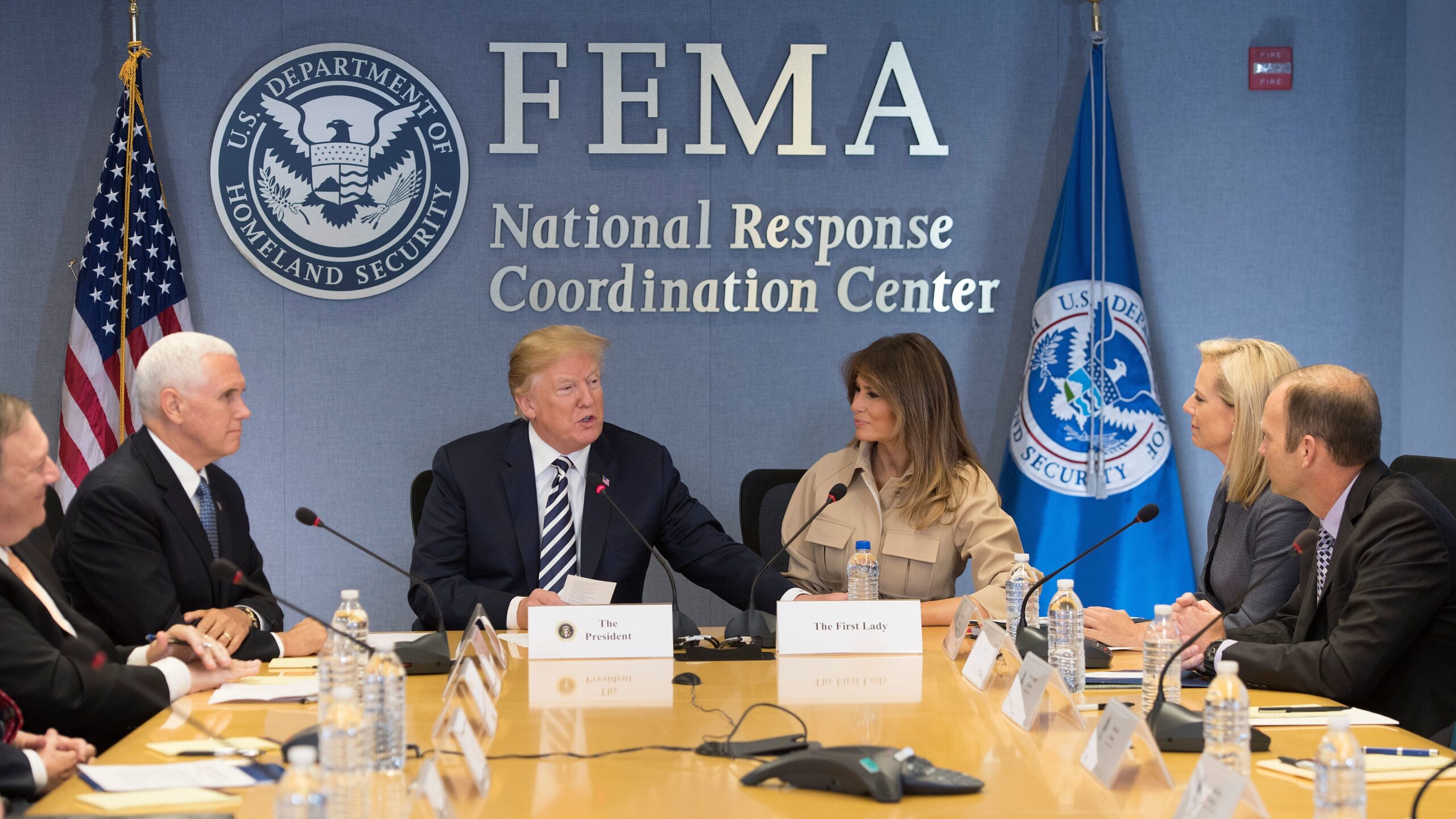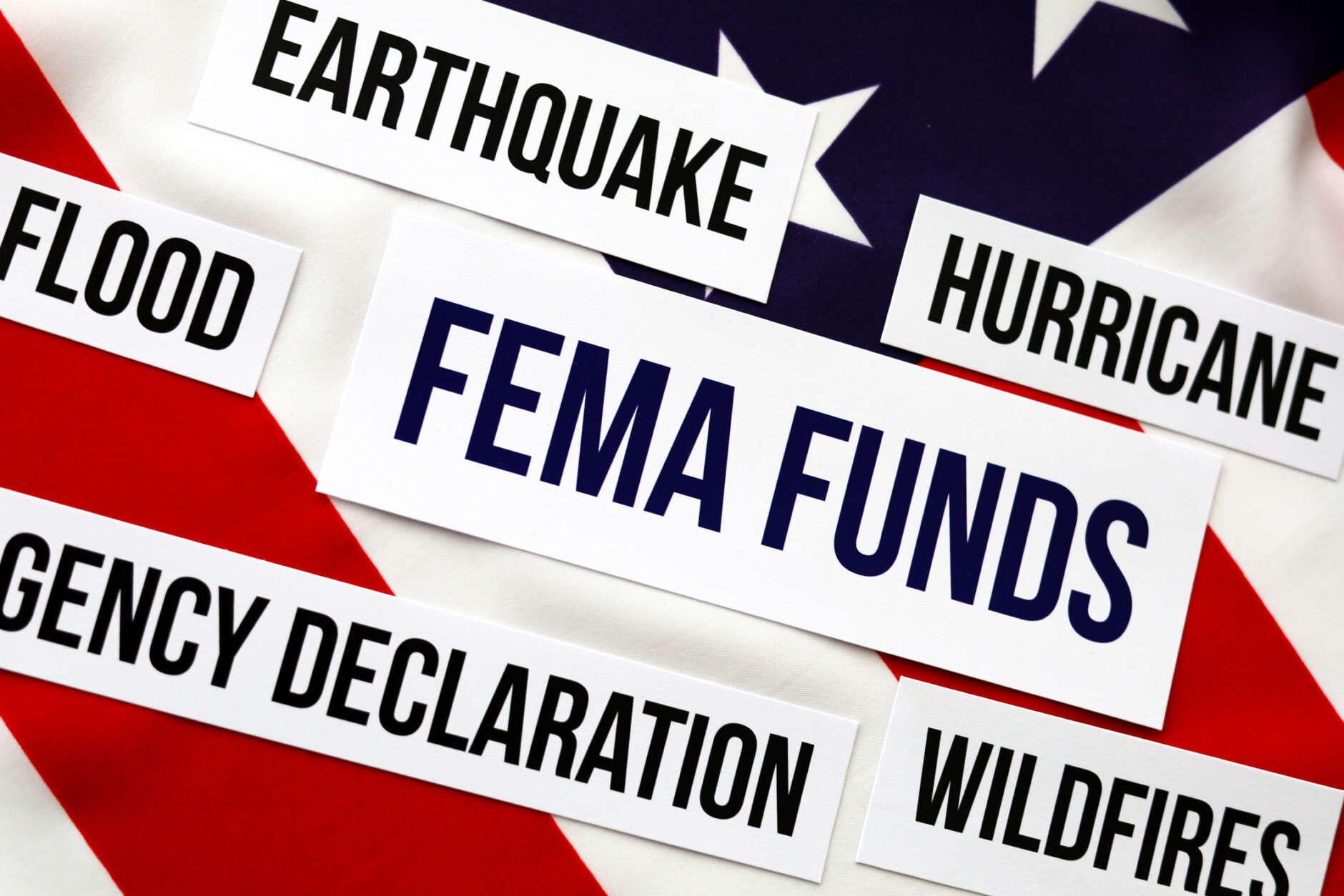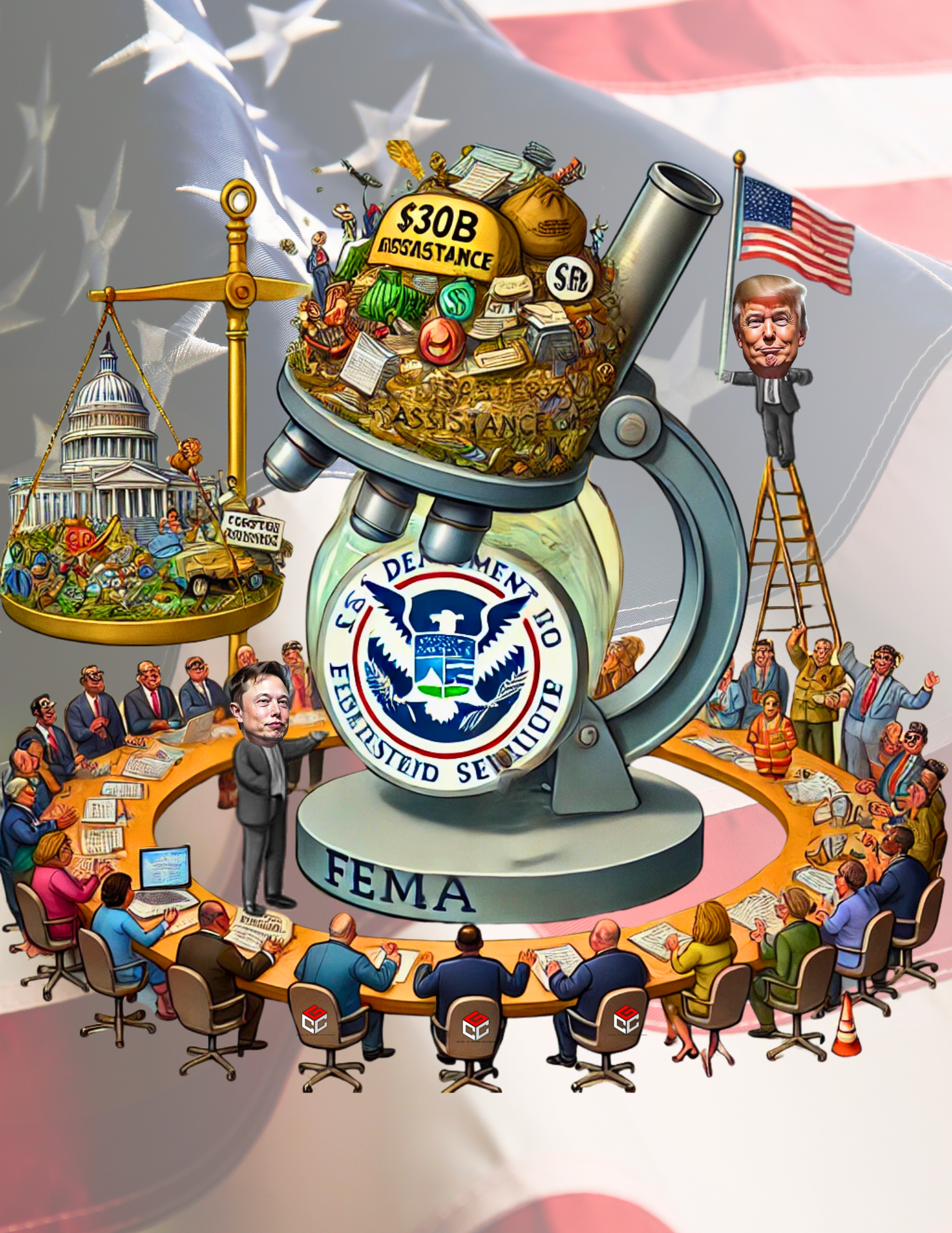When a natural disaster strikes, navigating recovery can be overwhelming. The Federal Emergency Management Agency (FEMA) offers disaster assistance to help individuals, families, and communities rebuild and recover. This guide explains how FEMA disaster assistance works, ensuring you understand the process and know how to seek help when it’s most needed.
How to Apply for FEMA Disaster Relief
Applying for FEMA disaster relief is a straightforward process, but preparation is key to avoid delays. Here’s a step-by-step guide to ensure you get the assistance you need quickly:
Step 1: Check Eligibility
FEMA provides assistance to individuals in federally declared disaster zones. You can verify if your area qualifies for disaster relief by visiting FEMA.gov.
Step 2: Gather Required Information
To apply, you’ll need:
• Your Social Security Number
• Insurance information
• A description of disaster-related damage
• Financial information (e.g., annual income)
• Contact details and your damaged property’s address
Step 3: Submit Your Application
Applications can be submitted in three ways:
1. Online: Use FEMA’s Disaster Assistance Website.
2. Phone: Call the FEMA helpline at 1-800-621-3362.
3. In-person: Visit a FEMA Disaster Recovery Center (DRC) near you.
Step 4: Follow Up
After applying, a FEMA inspector may visit your property to assess the damage. Ensure your contact information is accurate so they can reach you.
What Does FEMA Disaster Assistance Cover?
FEMA disaster assistance provides aid for various needs, but it does not cover every loss. Understanding what is covered can help you maximize your support:
Housing Assistance
• Temporary housing costs (e.g., rental assistance)
• Repairs for damaged primary residences
• Rebuilding aid for homes destroyed in disasters
Personal Property Assistance
• Replacement of essential items like appliances, furniture, or vehicles
• Repairs to damaged personal property
Medical, Dental, and Funeral Expenses
• Assistance for disaster-related injuries or illnesses
• Funeral expenses related to a disaster
Other Needs Assistance (ONA)
• Childcare costs
• Moving and storage expenses
• Critical disaster-related purchases
Exclusions
FEMA assistance does not cover:
• Insurance-covered damages (FEMA acts as a supplement to insurance).
• Pre-existing damage unrelated to the disaster.
For a comprehensive breakdown, visit the FEMA Individual Assistance Program page.
What Does FEMA Disaster Relief Cover?
Disaster relief from FEMA includes short-term and long-term recovery support tailored to different needs. This includes assistance for individuals, communities, and infrastructure rebuilding. Relief may cover:
• Emergency rescue operations
• Temporary shelters
• Disaster clean-up services
• Funding for community rebuilding projects
How Much Is FEMA Disaster Assistance?
The amount of FEMA disaster assistance you may receive varies depending on your specific circumstances. Key factors include:
1. Type of Assistance
• Grants for personal property repairs or temporary housing can range from hundreds to thousands of dollars.
2. Insurance
• FEMA assistance supplements, but does not duplicate, insurance payouts.
3. Overall Need
• The severity of damage and your ability to recover financially influences the amount of aid.
For 2024, FEMA’s maximum housing grant is capped at approximately $41,000, but individual payouts are often lower. Visit FEMA’s disaster assistance page for updated figures.
FEMA disaster assistance is a vital resource for those recovering from catastrophic events. By understanding how it works and knowing how to apply, you can access the help you need to rebuild and restore your life. For more detailed resources, visit the FEMA official website.
Check these other links for more info Successfully filing insurance claims






